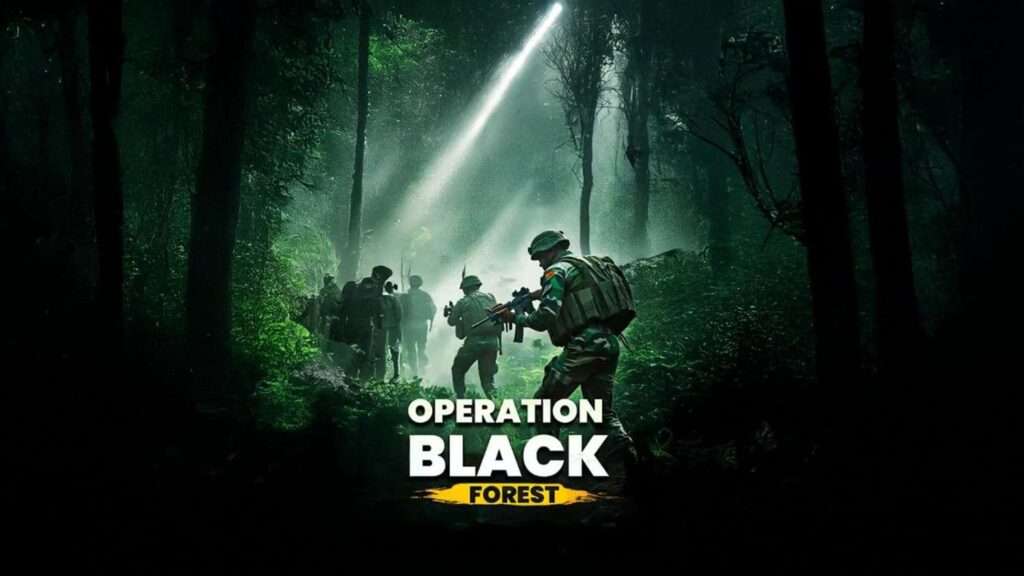In May 2025, India conducted one of its successful counter insurgency operations, “Operation Black Forest”, as a big step toward dismantling the decades-old Naxalite insurgency. During the operation, the most wanted Maoist leader, Nambala Keshava Rao (also known as Basavaraju) killed, and targeted the heart of left-wing extremism that had long preyed on India’s tribal belts.
Operation Black Forest: India Strikes Back (May 2025)
Operation Black Forest, which began on April 21, 2025 was a multi-agency, intelligence-led joint offensive of the CRPF, CoBRA, STF, DRG, and Chhattisgarh Police against the Karreguttalu Hills.
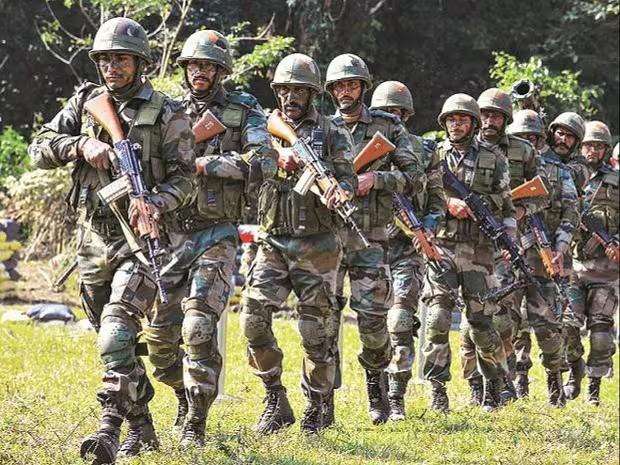
This virtual bastion of Maoist insurgency, with a footprint of about 60 km long and 5-20 km wide, located adjacent to the Telangana and Odisha state border, is home to nearly 300-350 armed cadres and party leaders, including the Technical Department Unit of PLGA. After 21 continuous days of arduous operational conditions with ruthless combat, security forces accounted for 31 Naxalites, including 16 female cadres and their top leader, Nambala Keshava Rao (Basavaraju). 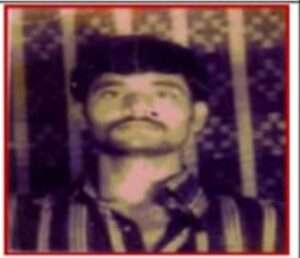 This action has been the CPI (M )’s biggest leadership loss in years. In addition to the loss of lives, this operation also dismantled 214 Naxal hideouts and bunkers, destroyed 450 IEDs, 818 BGL shells, 899 Codex wire bundles, detonators, explosives, and 12,000 kg of food stock. Furthermore, four technical groups engaged in IED manufacturing and development were shattered, and 35 weapons were recovered. During this time, 54 unexpected arrests and 84 surrenders were made across Chhattisgarh, Telangana, and Maharashtra. Civilian casualties were nil, and while 18 security personnel were injured due to IED blasts, there were no fatalities on the force.
This action has been the CPI (M )’s biggest leadership loss in years. In addition to the loss of lives, this operation also dismantled 214 Naxal hideouts and bunkers, destroyed 450 IEDs, 818 BGL shells, 899 Codex wire bundles, detonators, explosives, and 12,000 kg of food stock. Furthermore, four technical groups engaged in IED manufacturing and development were shattered, and 35 weapons were recovered. During this time, 54 unexpected arrests and 84 surrenders were made across Chhattisgarh, Telangana, and Maharashtra. Civilian casualties were nil, and while 18 security personnel were injured due to IED blasts, there were no fatalities on the force.
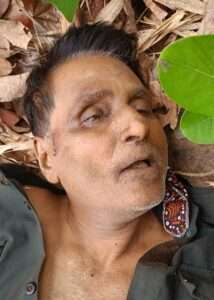
On May 22, 2025, Amit Shah, the Union Home Minister, revealed that Karreguttalu Hill had been secured from Maoist control, having hoisted the Indian tricolor at the hill, and reiterated the government’s commitment to root Naxalism out by March 31, 2026. CRPF Director General Gyanendra Pratap Singh and Chhattisgarh Director General of Police Arun Dev Gautam described the operation’s scope as India’s largest and most coordinated anti-Naxal operation to date.
Between 2014 and 2022, there was a decline in Naxal violence and the territory, severely Naxal-affected districts reduced from 35 to 6, total affected districts reduced from 126 to 18, Incidents of violence were down from 1080 to 374, security personnel fatalities fell from 88 to 19 and Naxals killed rose from 63 to 2,089. As of 2024, 928 Naxals had surrendered, with an additional 718 in January and February 2025. The government has enhanced security infrastructure, increasing the number of fortified police stations from 66 to 555 and newly constructed security camps from 0 to 320, and night-landing helipads increased from 0 to 68, since 2019. In tandem with military-focused measures, massive development projects saw the construction of 11,500 kilometers’ of highways, 20,000 kilometers’ of rural roads, various rehabilitation projects like Pradhan Mantri Awas Yojana, and agencies using the Prevention of Money Laundering Act began fighting the financial dimension of these Naxal groups. Prime Minister Narendra Modi hailed the operation as a “huge success,” underscoring a whole-of-government approach combining force, development, and reintegration aimed at ending the Naxal threat by 2026.
Basavaraju: The Face of Naxalite Violence
Born in Andhra Pradesh’s Srikakulam district, Nambala Keshava Rao, also known as Basavaraju, began his life as an engineering student. Instead of contributing to India’s progress, he was radicalized by extremist student groups and eventually became the top military strategist and General Secretary of CPI (Maoist).
Under his leadership, the Maoist movement turned deadlier. He masterminded:
- The 2010 Dantewada massacre that killed 76 CRPF jawans.
- The 2013 Jeeram Ghati ambush, in which senior Congress leaders Mahendra Karma and Nand Kumar Patel were assassinated.
- Numerous deadly attacks have occurred across Chhattisgarh, Odisha, Maharashtra, and Andhra Pradesh.
Basavaraju was trained by ex-LTTE fighters, and his tactics resembled those of international terror organisations. The National Investigation Agency (NIA) declared him India’s Most Wanted Maoist and placed a ₹10 lakh reward on his head. Far from being a revolutionary, Basavaraju deliberately hindered development in tribal areas. He opposed roads, schools, and hospitals because they threatened Maoist control. His actions kept the tribals poor, isolated, and vulnerable.
Origins and Ideological Foundations of Naxalism
The Naxalite movement began in May 1967 in Naxalbari West Bengal, when a local farmer’s rebellion grew into a violent conflict. Led by radicalized communists, such as Charu Majumdar, Kanu Sanyal, and Jangal Santhal, the movement started with a focus on the land rights of farmers and the oppression of tenant farmers (mostly tribal tenants). Subsequently, in light of police firing that resulted in the deaths of local farmers, the Movement abandoned any democratic suggestions and raised arms. Charu Majumdar justified the use of armed struggle, advocating for a Maoist-type extended people’s war technique. According to Charu Majumdar, the Naxalite social movement was against constitutional democracy, demonizing it, and favoured violence over the constitutional path as the methodology for overthrowing the Indian state.
Expansion, Fragmentation, and the Generation of CPI (Maoist).
Between the 1970s and 1990s, the Naxalite insurgency spread into Bihar, Andhra Pradesh, Odisha, and Madhya Pradesh, but factionalism, ideological divisions, and state repression caused the movement to fragment into splinter groups. The splinter groups increasingly engaged in criminality through extortion, kidnapping, and forced recruitment of children. In 2004, the People’s War Group and the Maoist Communist Centre formed the Communist Party of India (Maoist) (CPI-Maoist). The new amalgamation resulted in a re-invigorated and expanded guerrilla campaign throughout the mineral-rich “Red Corridor” in Chhattisgarh, Jharkhand, Maharashtra, Odisha and parts of Andhra Pradesh, which aimed at disrupting state development, infrastructure buildings, and intimidating the rural populace.
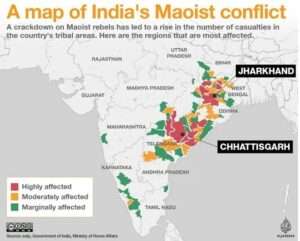 Conclusion
Conclusion
Operation Black Forest marks a significant advancement in the long-lasting fight against Maoist insurgency in India. The operation has derailed the insurgents’ ability to operate and communicate a visible public policy change on behalf of the government in how to carry out its counter-insurgency, combining military operations with dealings and processes that allow for surrenders and subsequent reintegration. Even as the government moves to eradicate Naxalism, the lessons from the operation can be referenced in future missions.

